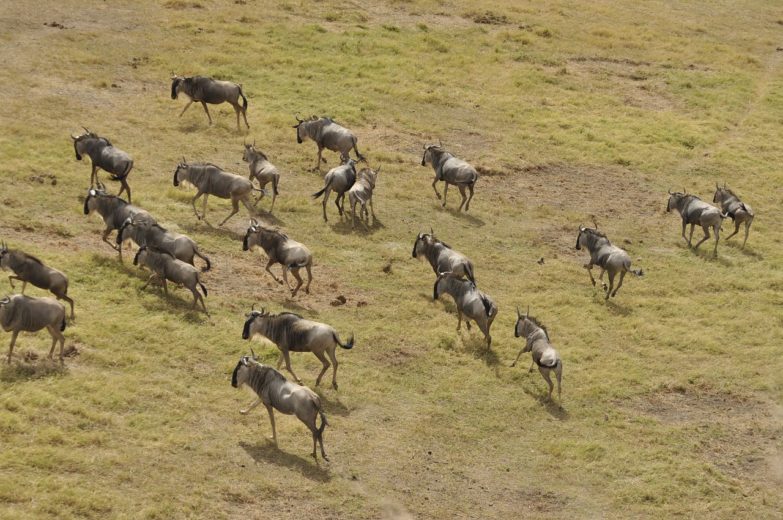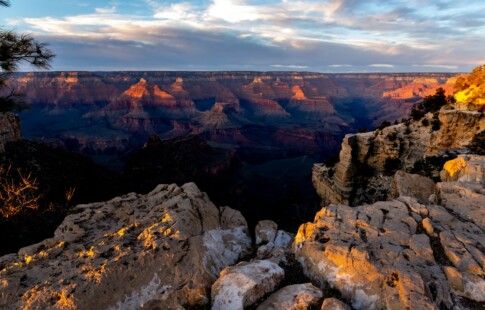
What Are the Effects of Natural Disasters on Wildlife?
We are reader-supported. When you buy through links on our site, we may earn affiliate commission.
How serious are the effects of natural disasters on wildlife?
Natural disasters are a part of life on our little blue marble, but climate change has started making them more intense and more deadly in recent years. Hurricane Harvey, which made landfall on August 25th, 2017 as a Category 4 hurricane, caused 39 deaths and millions of dollars in damage. The waters of the Gulf of Mexico where Harvey formed are warmer than they used to be, so hurricanes are getting larger and stronger than ever. We pay a lot of attention to the effect that these disasters have on human life, but how do they affect wildlife?
Types of Natural Disasters
What types of natural disasters primarily affect wildlife? This can vary depending on location, but for the sake of argument we’ll be addressing some of the most common and most devastating disasters, including:
- Wildfires such as the devastating Camp Fire that tore through Northern California in 2018.
- Floods such as the one that is currently sweeping through India due to heavy rainfall.
- Hurricanes like Harvey, Irma, and Maria which struck Texas, Florida and Puerto Rico in quick succession in 2017.
- Tsunamis like the one that struck the Fukushima prefecture in 2011.
- Earthquakes like the ones that are currently striking along the San Andreas fault in California.
- Volcanoes like Kilauea in Hawaii which destroyed nearly 600 homes when it erupted in 2018.
Each of these disasters causes a different type of damage, but they all have one thing in common — they’re dangerous for both humans and wildlife.
Habitat Destruction
Humans worry about losing their homes when faced with a natural disaster but they don’t often spend a lot of time thinking about the effect that those disasters have on native wildlife. Look at the trifecta of hurricanes that struck in 2017 — Harvey, Irma and Maria. Harvey earned the record for most rainfall from a tropical storm on the continental US, dropping 51 inches of rain which disrupted ecosystems and caused pollutants to flood out from industrial sites. All of these pollutants made their way into the local water table and ocean without treatment.
Wildfires, in addition to killing any wildlife that gets caught in its path, can devastate affected environments, making it impossible for animals to return until the area recovers. They do recover, over time — some forests even burn regularly to maintain their health — but in the meantime, surviving wildlife needs somewhere to go.
Relocation or Displacement
There are upwards of 600 natural disasters every year, at least by the standards of our species. We don’t tend to classify something as a natural disaster if it doesn’t directly affect human life. When a disaster strikes, wildlife that survives will end up displaced, relocating either temporarily or permanently. This can lead to conflicts with human habitats. During the 2018 Camp Fire, people outside the fire zone were instructed to keep pets inside and keep their doors and windows closed so they wouldn’t come into contact with wildlife that was fleeing the fire. People outside the fire zones could frequently see deer, bears and other wildlife escaping the blaze.
Conservation Efforts
Conservationists try their best to save wildlife where they can after a natural disaster, or even man-made disasters like the Deepwater Horizon oil spill in the Gulf of Mexico which dumped more than 200 million gallons of crude into the Gulf. Professionals and volunteers spent weeks collecting birds, turtles and other wildlife, cleaning the crude oil from them, and returning them to the wild.
Conservation might not always be the best option though, especially if they’re only able to save one or two members of a family group, for example. A variety of species, from crows to elephants, develop and maintain elaborate social structures that we often overlook in our efforts to save their lives. Taking one of these animals away from their family or social group could have a detrimental effect on the health and happiness of the creature. This is something that we’ve observed in orcas in captivity — even if given other orcas to live with, these whales won’t form social bonds in captivity and will often die young.
Social Media and Conservation
Social media also plays a role in conservation efforts after a natural disaster, but it might not the best tool to use in all situations. While it does help to promote conservation and makes it easier for users to connect with nature, it also doesn’t paint the whole picture which can lead to people forming negative opinions of the conservation process. This is common after natural disasters when emotions are already running high.
How to Protect Wildlife During Natural Disasters
If you experience a natural disaster, you may lose your home or your belongings. This is devastating, but keep in mind that you’re not the only one who is losing their home. Surviving wildlife in the path of a disaster will also be seeking out new accommodations, so make sure you stay out of their way whenever possible.
Share on
Like what you read? Join other Environment.co readers!
Get the latest updates on our planet by subscribing to the Environment.co newsletter!
About the author
Jane Marsh
Starting from an early age, Jane Marsh loved all animals and became a budding environmentalist. Now, Jane works as the Editor-in-Chief of Environment.co where she covers topics related to climate policy, renewable energy, the food industry, and more.





